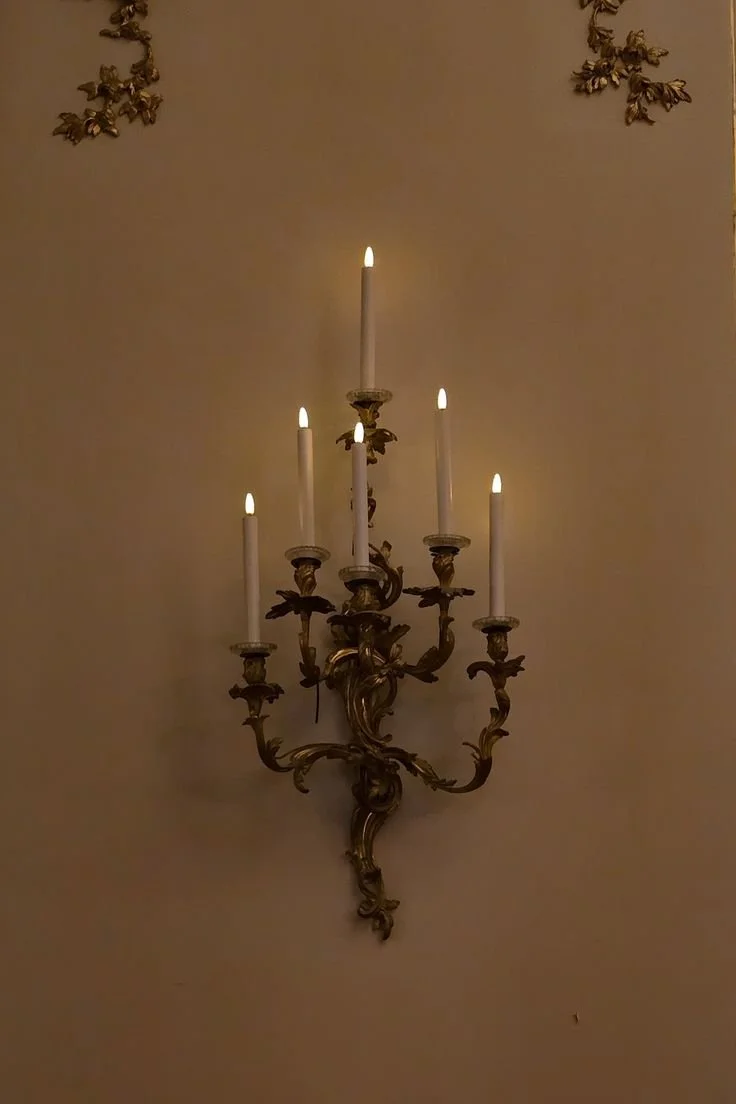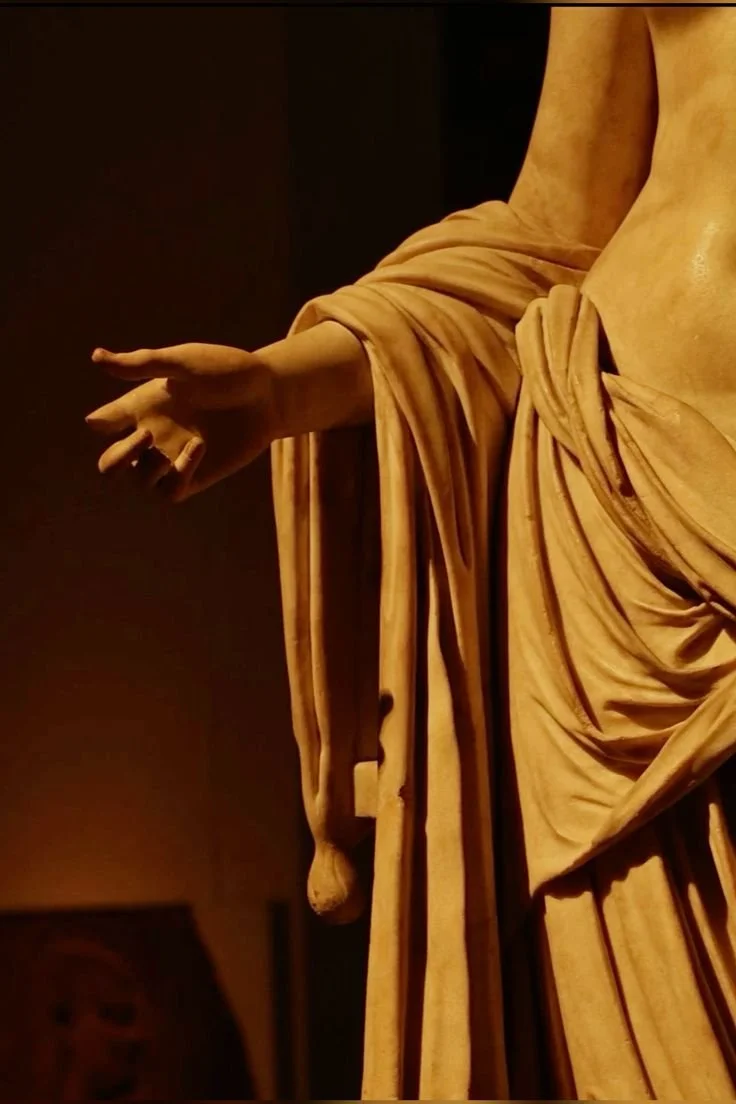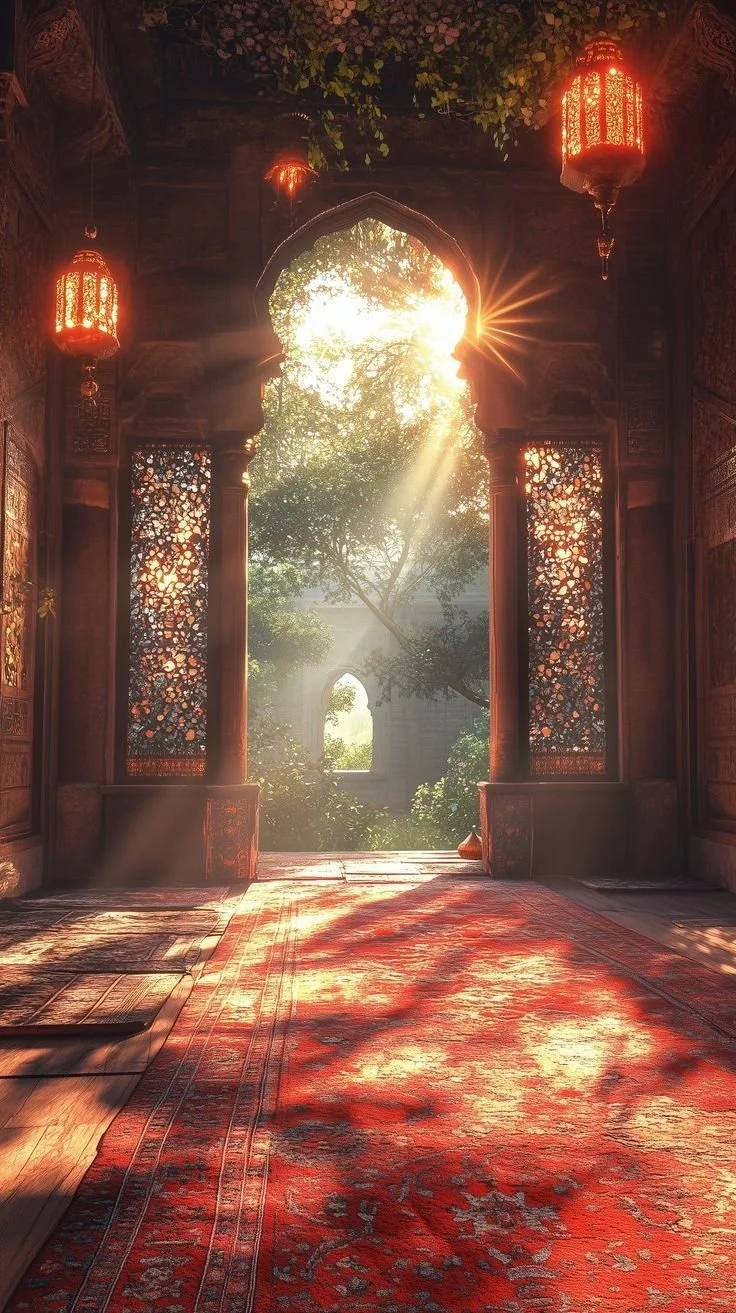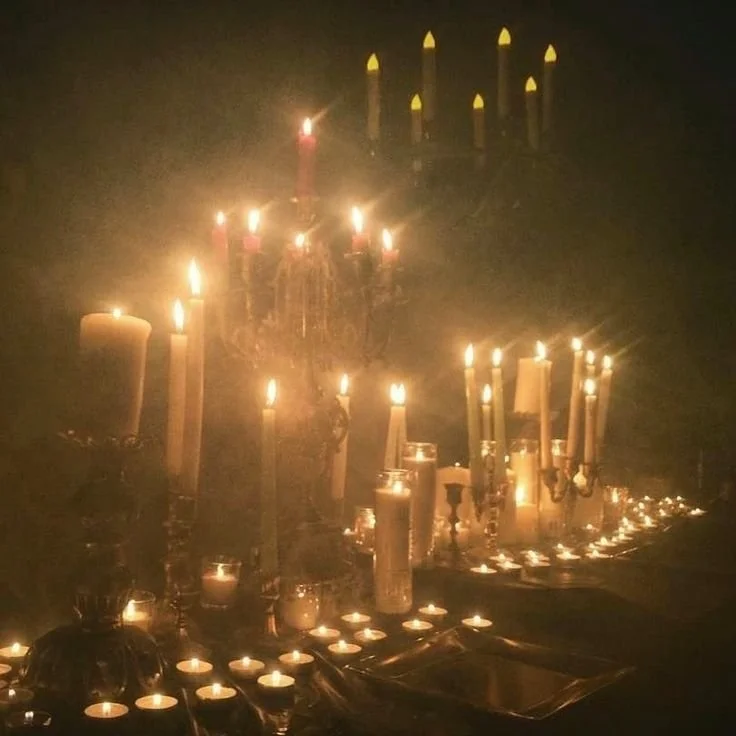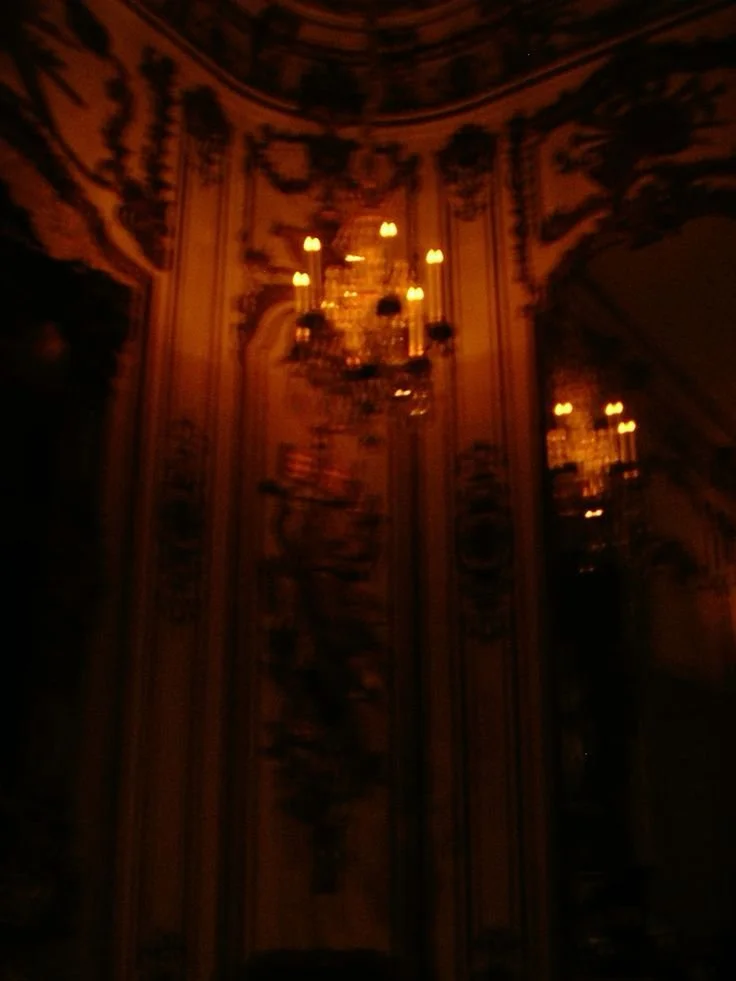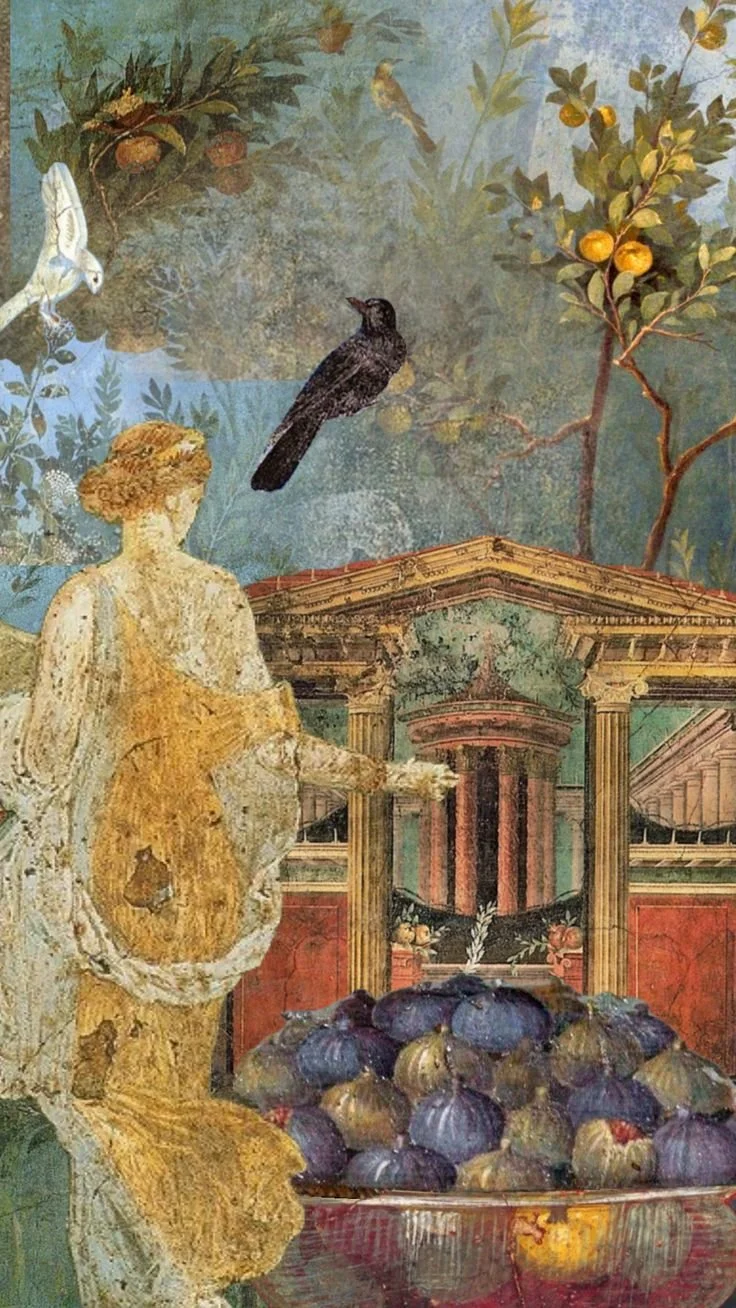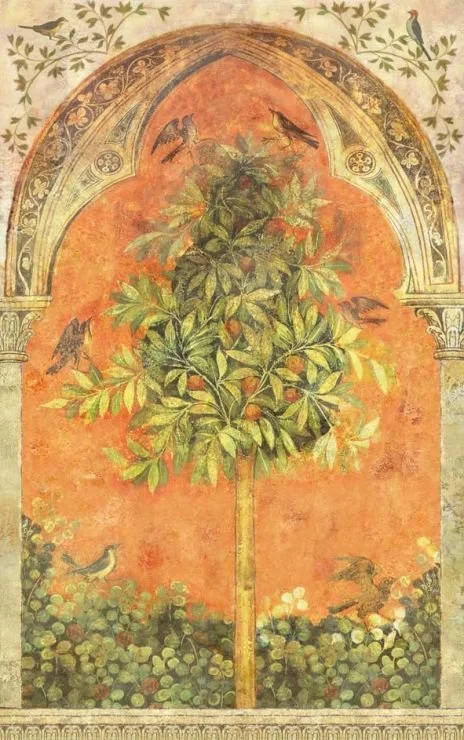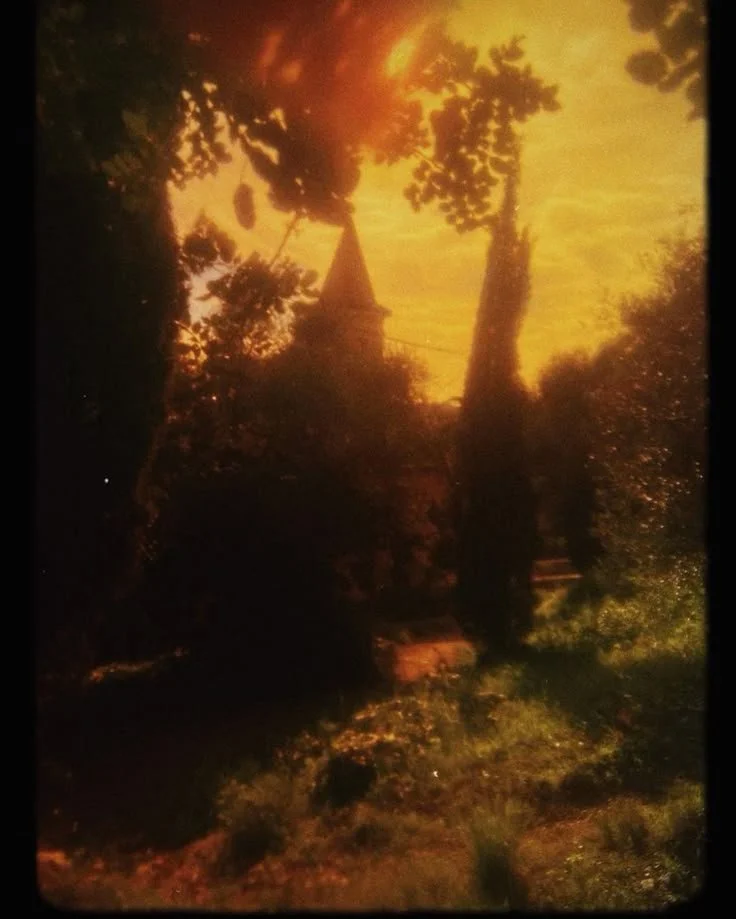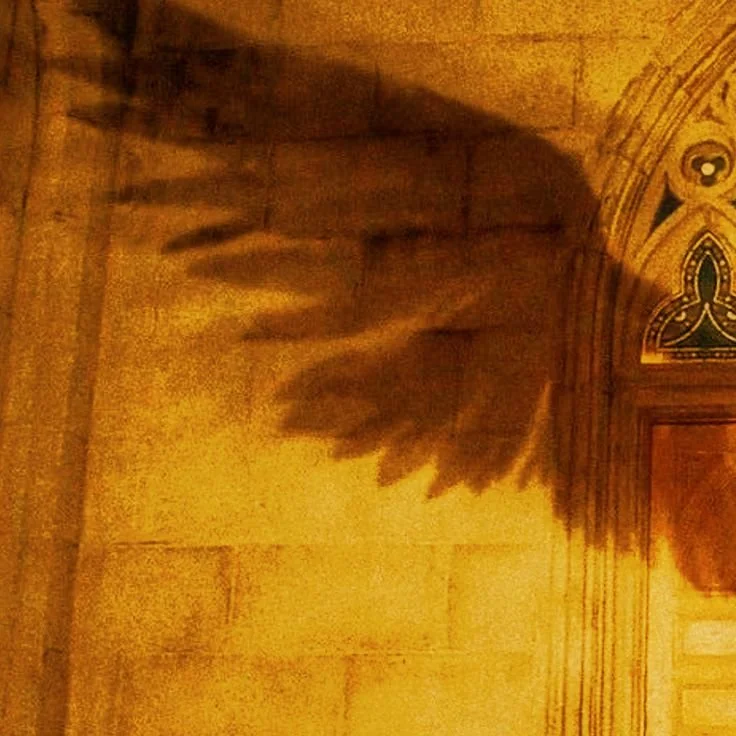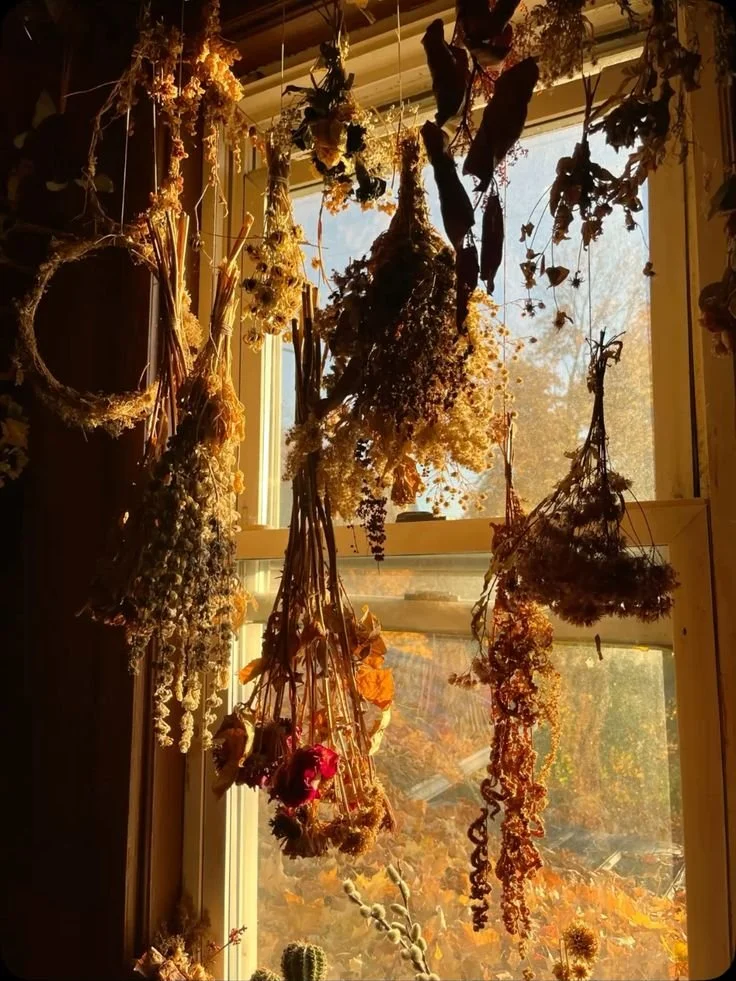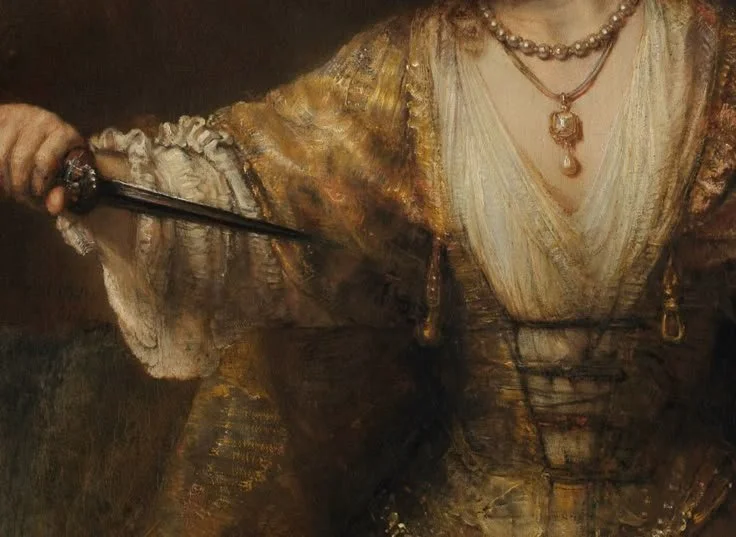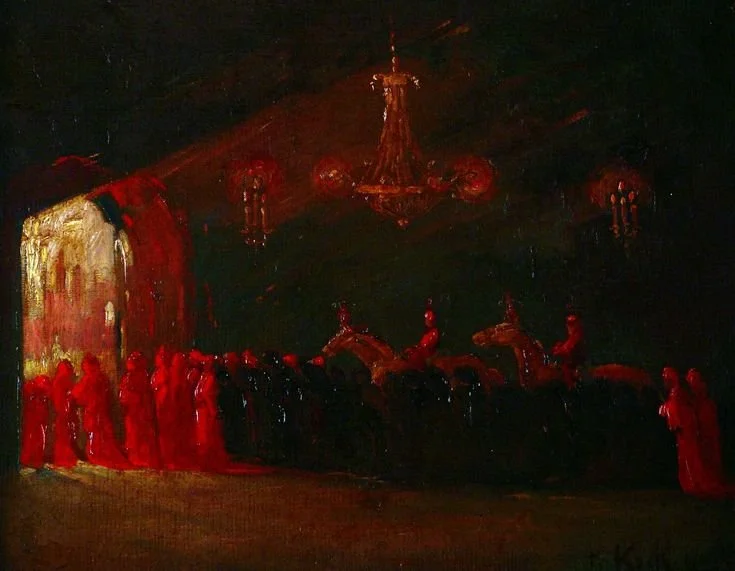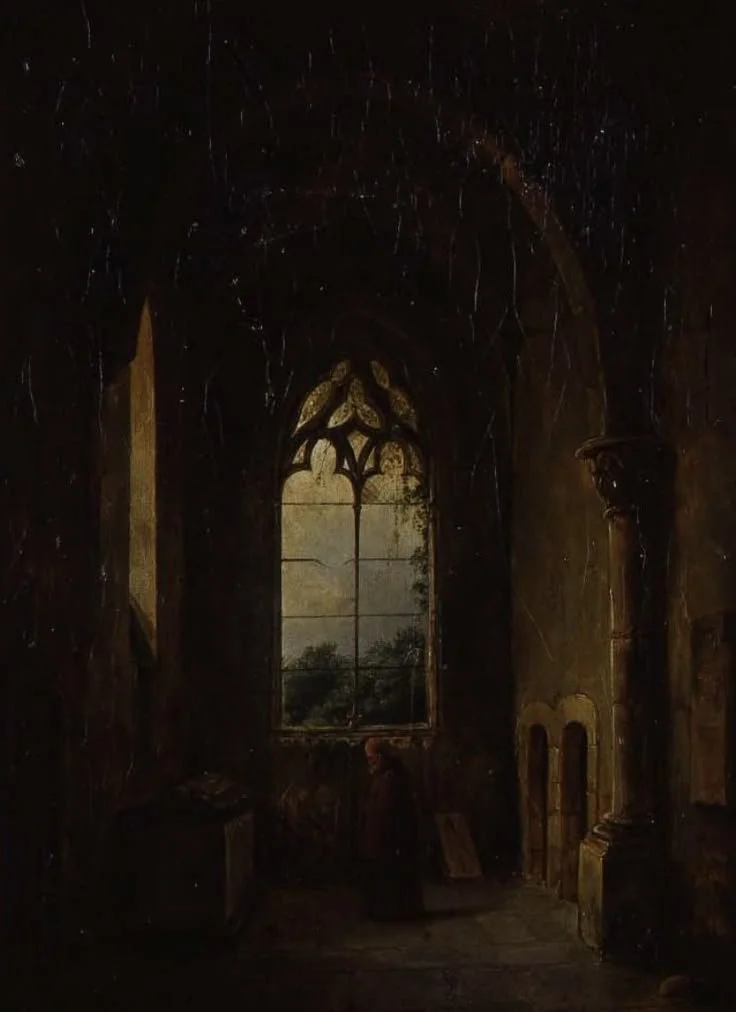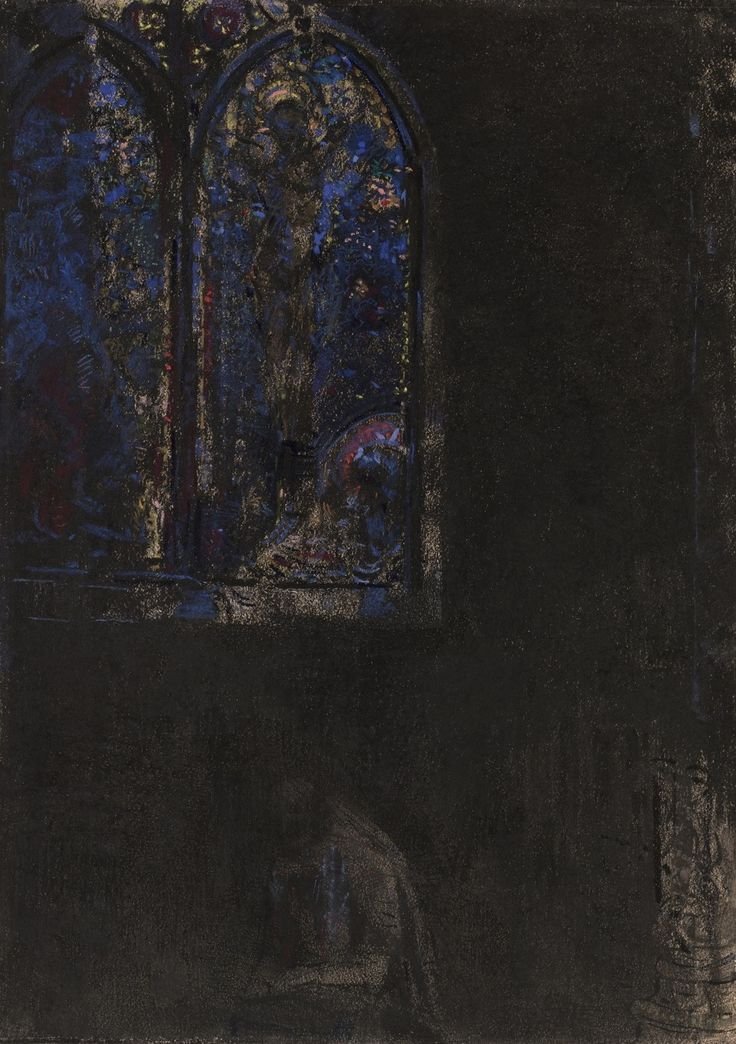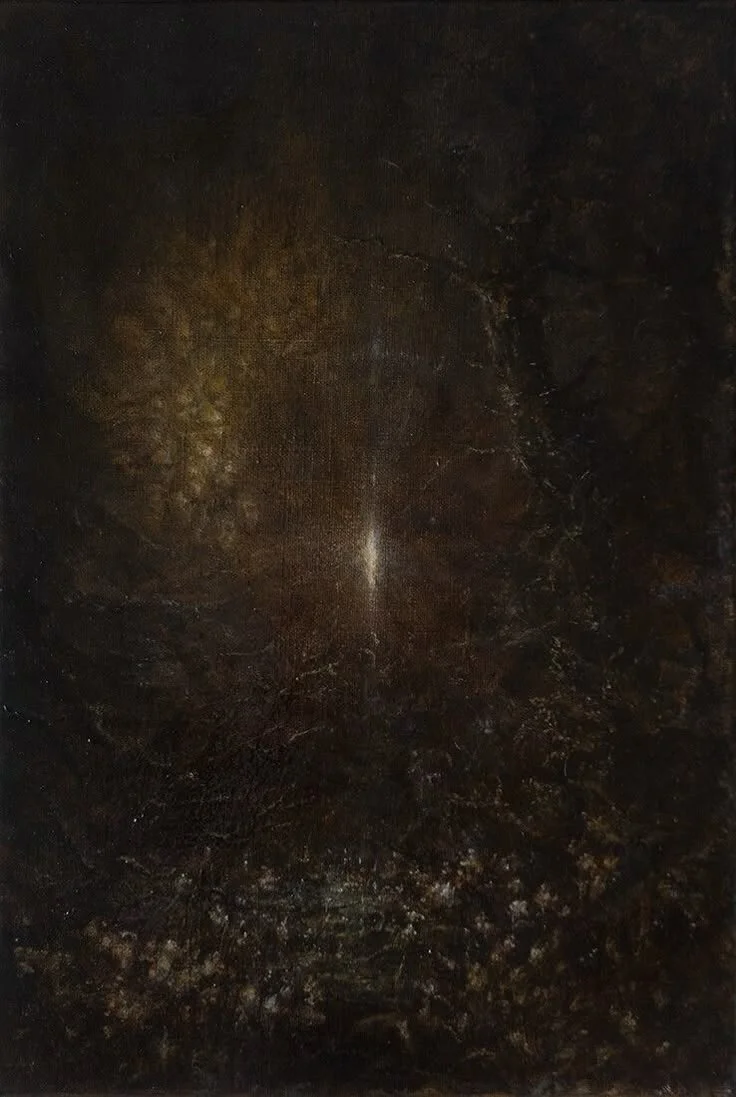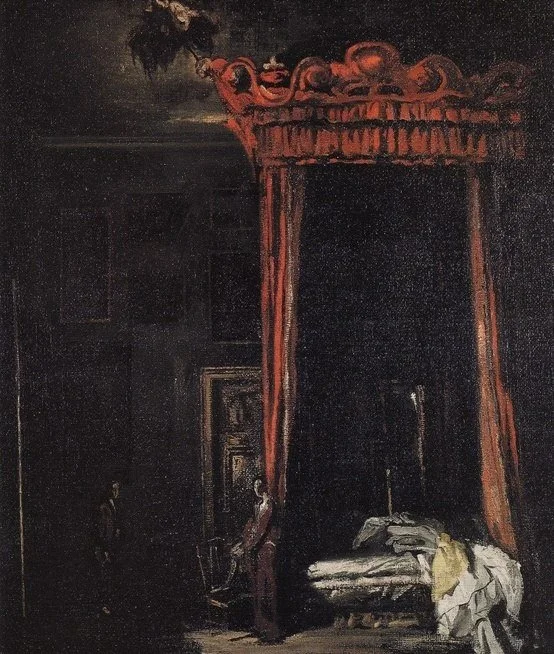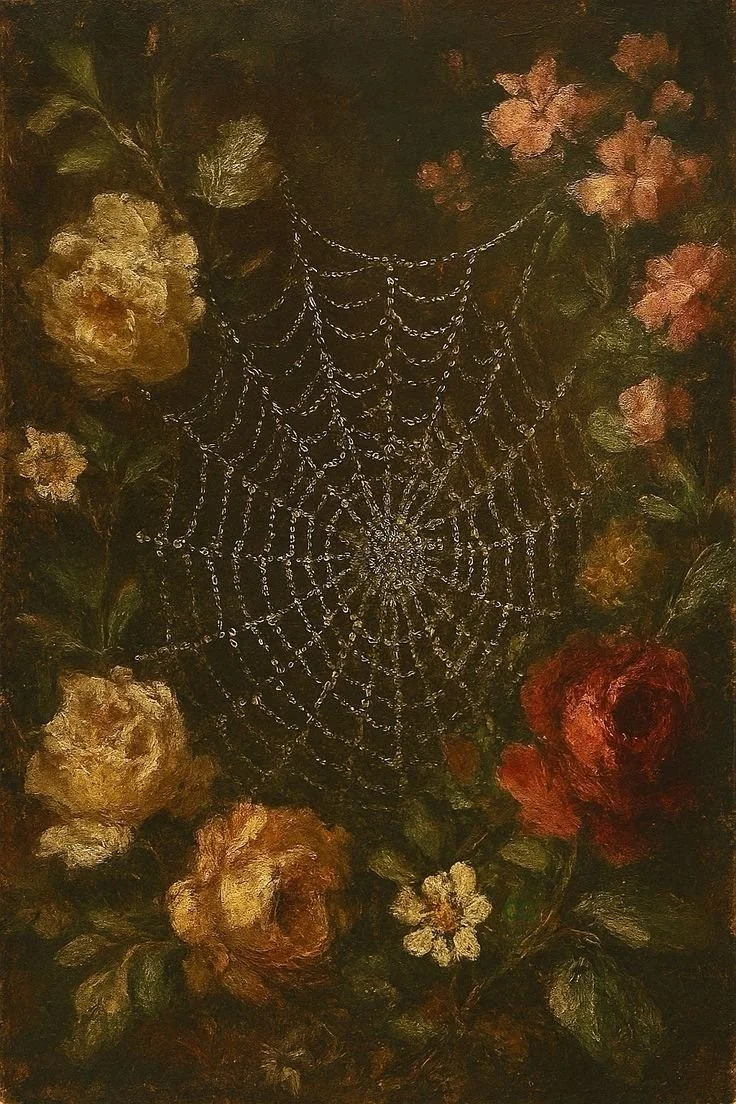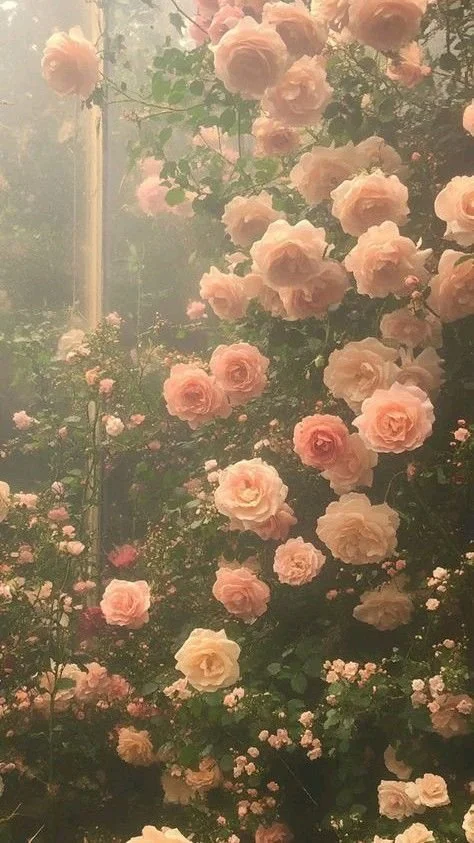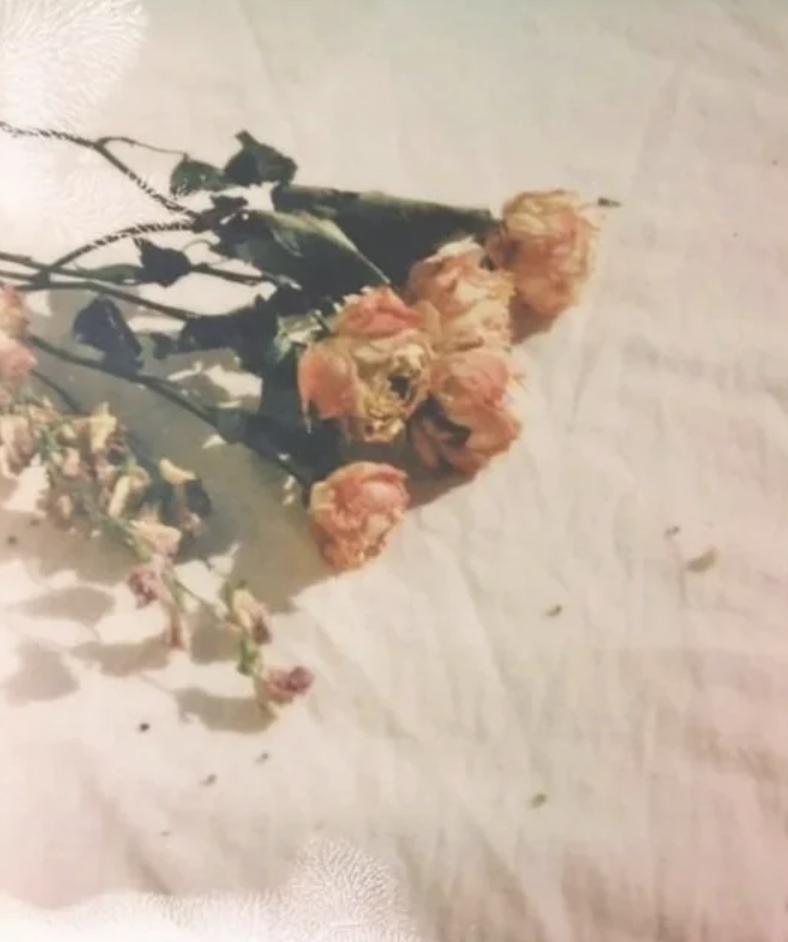BY GENEVIEVE PFEIFFER
I don’t think it’s a coincidence that the Witch has returned to pop culture at a time when reproductive rights are coming under fresh waves of attack. I don’t want to say the regulation of our bodies is new—it’s always been. We’ve always had to fight for the right to own our bodies. The witch knows this.
A little history: in Europe, Hammer of Witches (Malleus Maleficarum) was a primary text used to persecute witches. It noted seven things a witch could do—each of these acts were related to sex. Six of the seven were related to birth control (who would have guessed?).
While now we tend to think of birth control as used by someone assigned female at birth, it isn’t, and in 1487 (the year the text was published) there were many ways anyone could avoid an unwanted pregnancy. Birth control was for everyone. If you haven’t read Malleus Maleficarum, the seven things it claimed a witch could do were:
1. Practicing fornication or adultery
2. Obstructing the generative act
3. Performing castration or sterilization
4. Engaging in bestiality or homosexuality
5. Destroying the generative force in women
6. Procuring an abortion
7. Offering children to devils
Essentially, a witch was a person who did not acquiesce to practice sex the way the Church and State deemed acceptable. A witch would fuck as they wanted, and have children if and when they wanted. They claimed their body as their own.
This is not to say everyone who was persecuted, tortured, and murdered was a witch. This is only to say that these were some of the accusations that could be used. It is telling that the Church and State were so concerned about sex and birth control. And as European colonization spread, so did many of these values.
But still, the Witch persists. The witch has always been with us, and now, everywhere we turn witchcraft is afoot. From series such as Chilling Adventures of Sabrina, to the spiritual references in Ibeyi or Beyonce, to literature such as Circe, to numerous podcasts, graphic novels, etc.—the Witch is spreading quicker than mint in an herb garden.
The witch has always broken binaries, subverted social rules, and gleefully exposed fault lines in the status quo.
Isn’t this what magic is? It’s calling on the spaces between the social order to remind us constructs can be tweaked, can be massaged.
When people are told how to have sex, and when to have sex, they hold the Witch in their bones. When the law sees more value in a potential human rather than a living, breathing, human, the Witch whispers in our ears. When children die in federal custody there is a clear message: the law sees these children as less precious than cells that could become (white) children. And the Witch bares her teeth, a paradoxical smile of brash power.
What could be more witchy, more paradoxical and cunning, than for a force greater than ourselves to return? The Witch has come back, and so have mermaids, unicorns, dragons, and other beings we were told as children are mythical.
They come from other worlds, just as we fight to make a new world, to hold our space. And the Witch has a very special place among them, blazing from screens, from our clothing and our art—as though the world itself is on fire with the image. The Witch never left but the Witch has returned, a symbol of those whose bodies have always been under attack—demanding these injustices, and the delicate hatred of our differences, burn.
Genevieve Pfeiffer is Assistant Director at Anomaly where she is curating a folio on reproductive justice and its intersections (she urges you to submit). She is a writer and poet, and facilitates workshops with survivors of sexual assault and harassment. Her work is forthcoming or has been published in Erase the Patriarchy, Juked, So to Speak, Stone Canoe, and more. She blogs about outdoor wanderings and herbal birth control’s intersections with witches, colonization, and personal and bioregional health at: https://medium.com/@GenevieveJeanne

